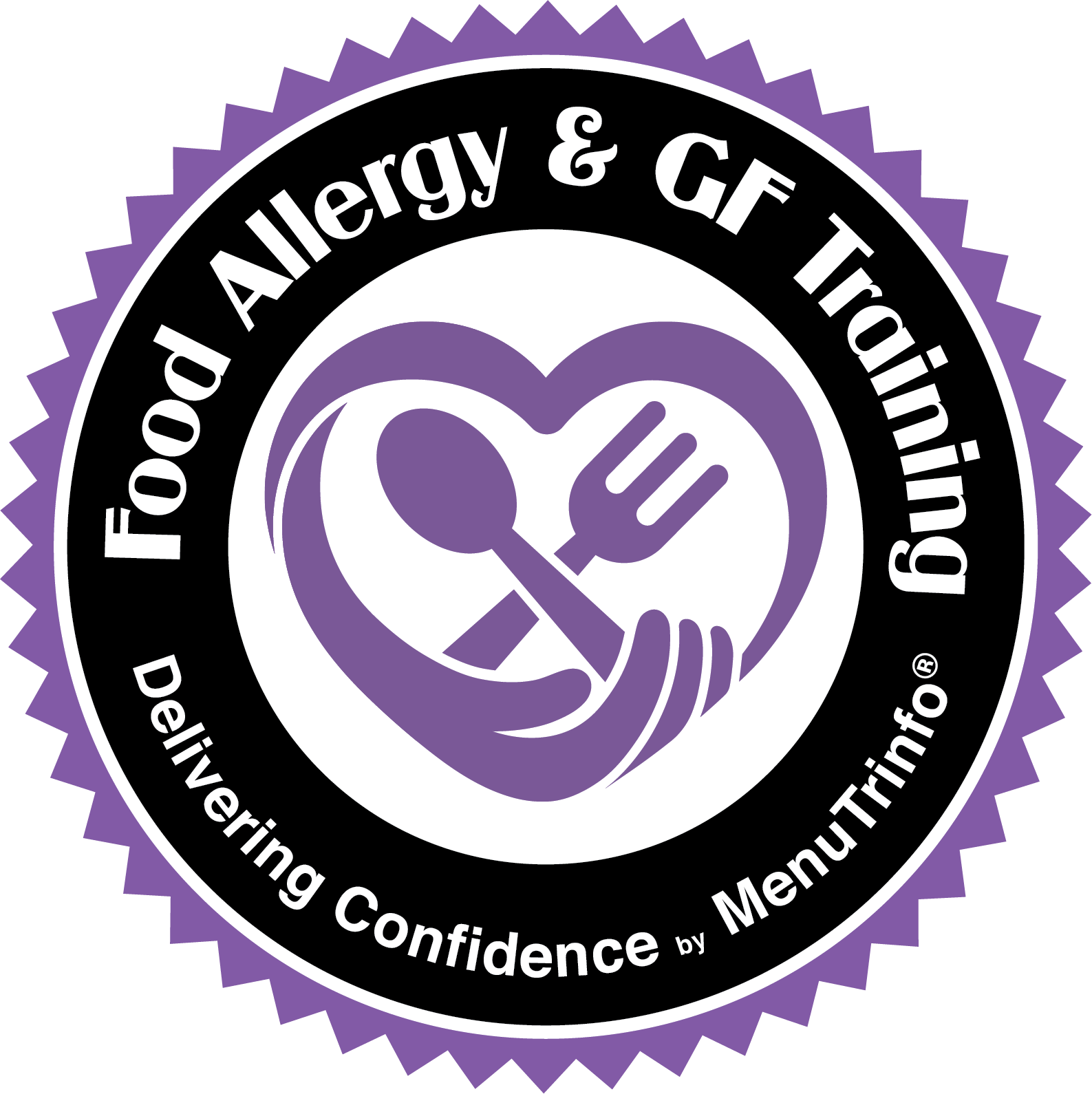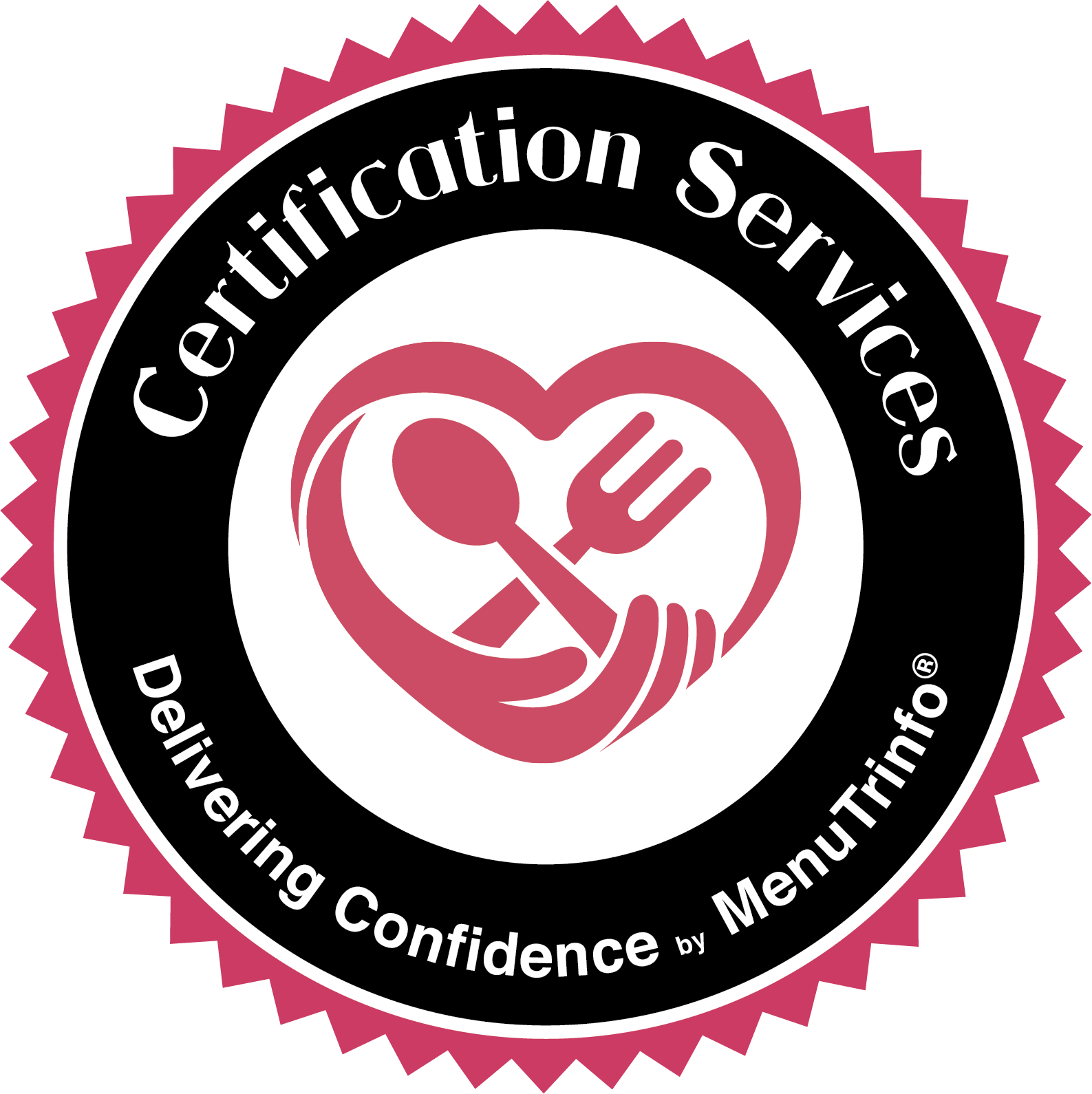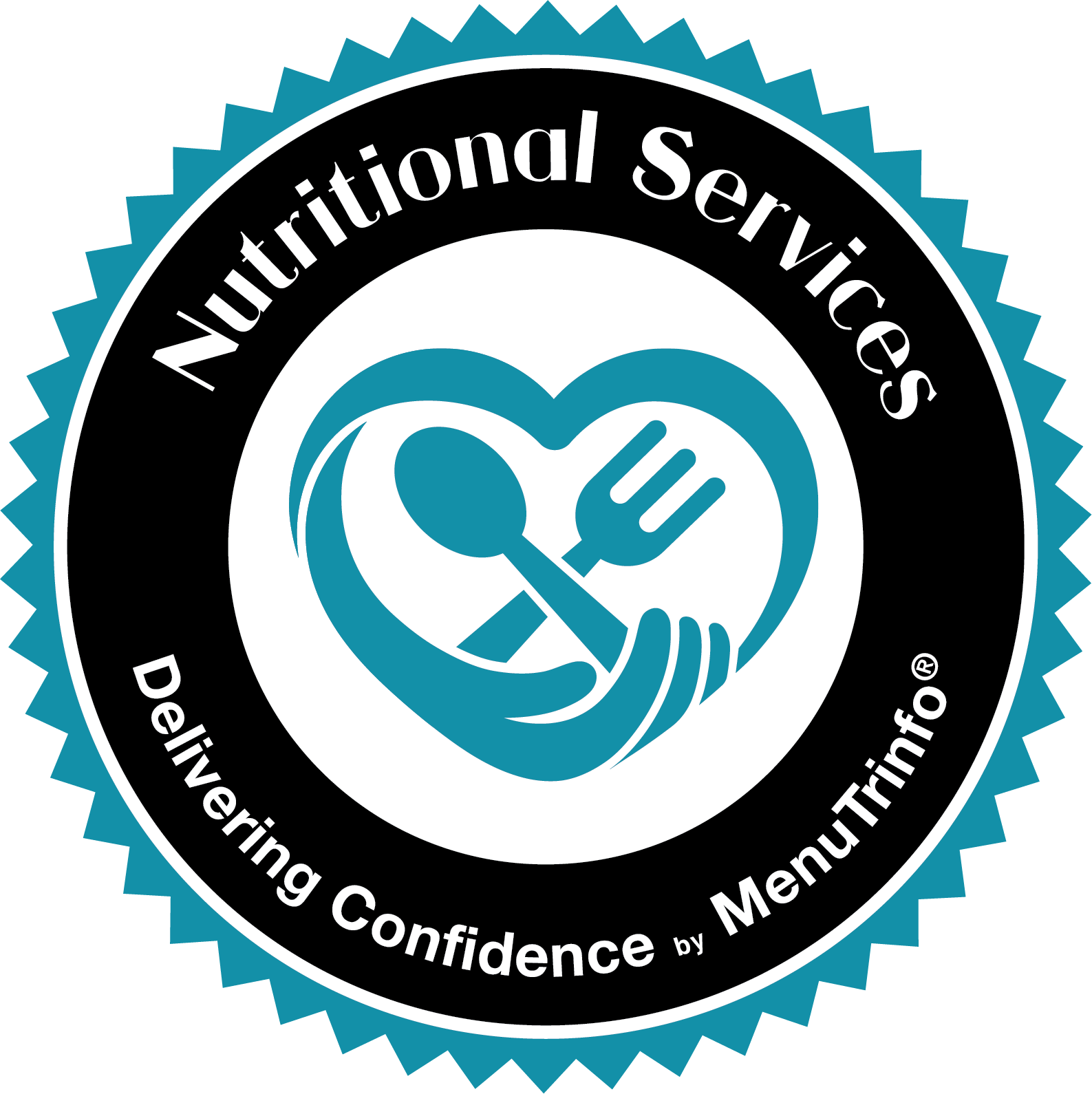
On Jan. 6, 2025, the FDA provided updated and new guidance on the use of voluntary “free-from” claims on products, particularly when indicating the absence of major food allergens.
According to the FDA, a product can only use an allergen “free-from” claim if it truly does not contain the named allergen. This includes any unintended traces from cross-contact. The FDA also states that a product claiming to be “free-from” should not include an advisory statement for the same allergen. For example, a product labeled “milk-free” should not also have a “may contain milk” statement.
Clearing up the muck
The FDA now clearly states that food and household products that claim to be “free from” one or more allergens must:
- Not contain that allergen as either a direct or indirect ingredient; and
- Not pose any risk of cross-contact with an allergen during the manufacturing process.
Additionally, in their Jan. 6, statement, the FDA outlined and made clear their robust standards and requirements for food manufacturers, which will:
A. Ensure that “allergen-free” truly means allergen-free;
B. Support any validated allergen-free claims made by manufacturers;
C. Open the door for more validation and verification through third-party auditing and testing;
D. Build consumer trust around Certified Free From seals on packaged goods.
For some this seems like common sense. But what the FDA has done is made clear its labeling guidelines for brands, who have for years confused consumers with mixed messages and precautionary allergen statements (PALS) that make no sense. (Learn more about PALs in our blog: 31 Food Allergen Statements That Don’t Taste Good).
By providing clear guidance, consumer packaged brands must now back up their allergen-free statements through third-party validation of “free-from” claims, providing more transparency into what goes into their products and opening the door to more consumer trust.
The Case for Free-From
Based on a 2024 study conducted by FARE, 85 million Americans seek out products that are “free-from” at least one of the Major 9 allergens. But with ingredient labels and statements using terms like “natural flavors” and ‘may contain peanuts,” who can really tell?
“For brands, adding a seal that holds as much credibility as Certified Free From makes their product a no-brainer purchase for these consumers who seek out goods and dining facilities that have achieved certification,” Craig said. “This is especially true for CPG foods that are manufactured at times in a shared environment. Testing to confirm the free from status to achieve a Free-From certification delivers confidence to the consumer and means assurance for the CPG brand.“
MenuTrinfo® has been providing Certified Free From™ (CFF) audits and awarding certification seals to consumer-packaged brands and manufacturers since 2017 and in 2022 our CFF seal was recognized by the National Accreditation Board (ANAB) as meeting the rigorous International Standards Organization (ISO) 17065 standards for certification bodies. This is the only certification for food allergens to reach this level of accreditation and we have a full list of public brands who have since gone through the CFF process with us.
Since the beginning, we have been 100% aligned with FDA regulations and continue to be strategically poised to support consumer packaged brands ready to add the CFF seal to their products.
Our seal helps to ensure strict compliance with FDA standards through rigorous audits and testing, boosts consumer trust and significantly reduces the volume of ingredient-related inquiries to manufacturers. Not to mention it eliminates the potential threat of product recalls and lawsuits.
“It’s a win-win for everyone—brands, consumers, and the industry as a whole,” Craig said. “This is the perfect time for brands to jump on board and add the CFF seal to their product packaging. It also will help the manufacturing community because verifying and substantiating claims through our audit process will help reduce allergen-related recalls in their facilities. Our scheme brings allergen safety even further down the winning path and provides a more robust backbone to the products brands want to certify.”



